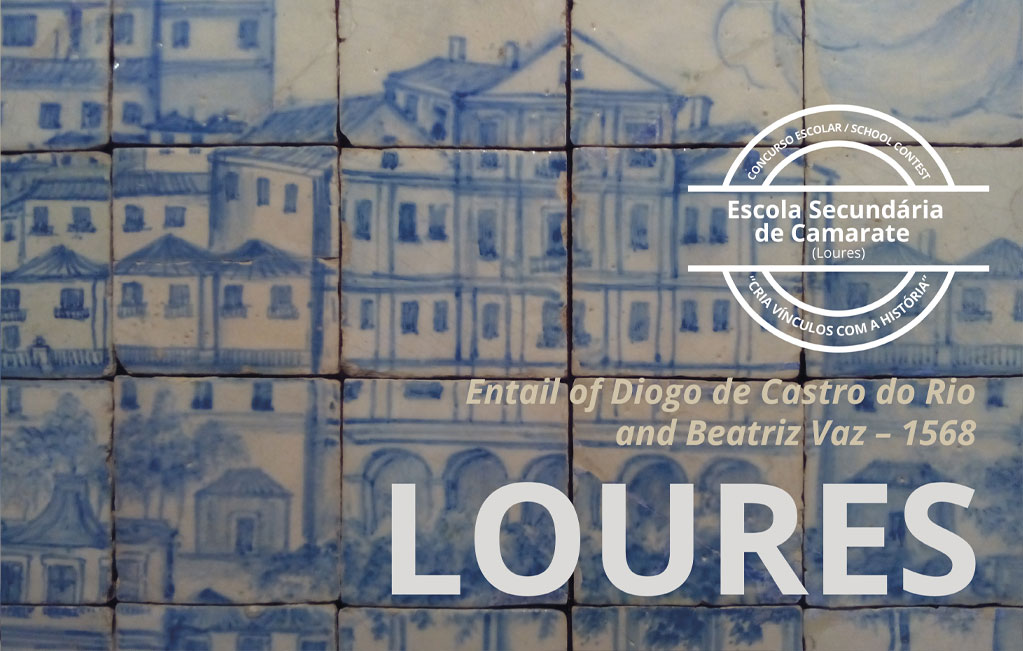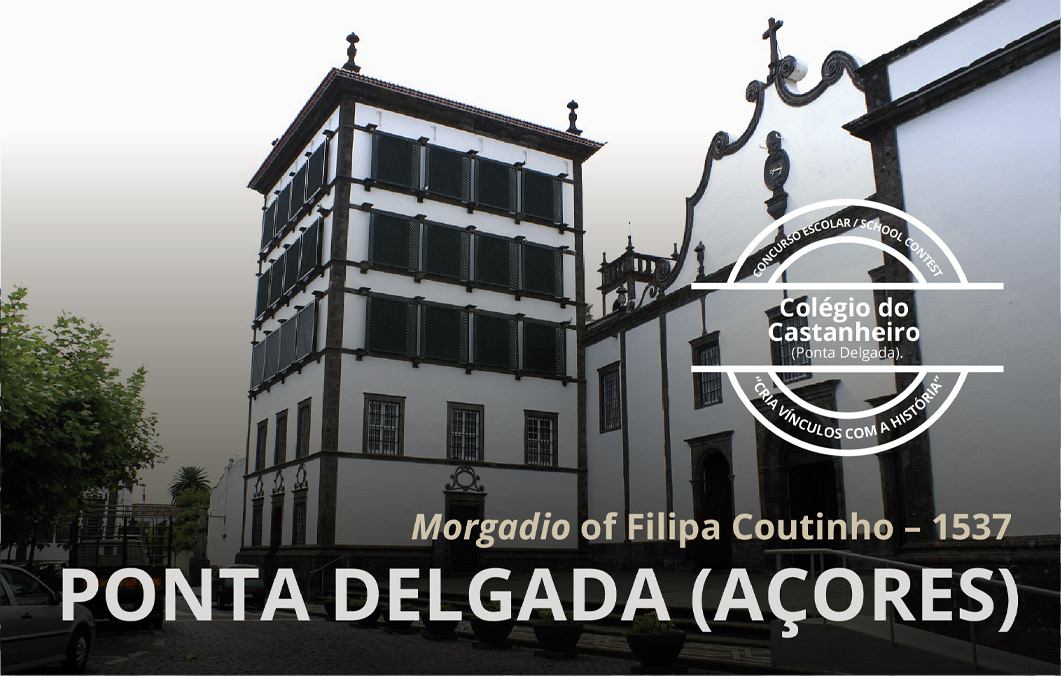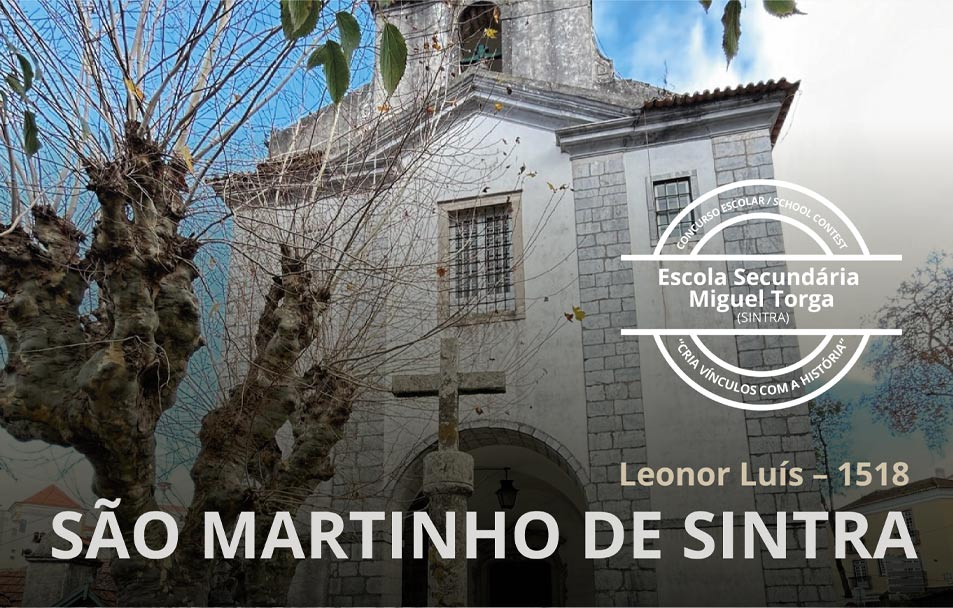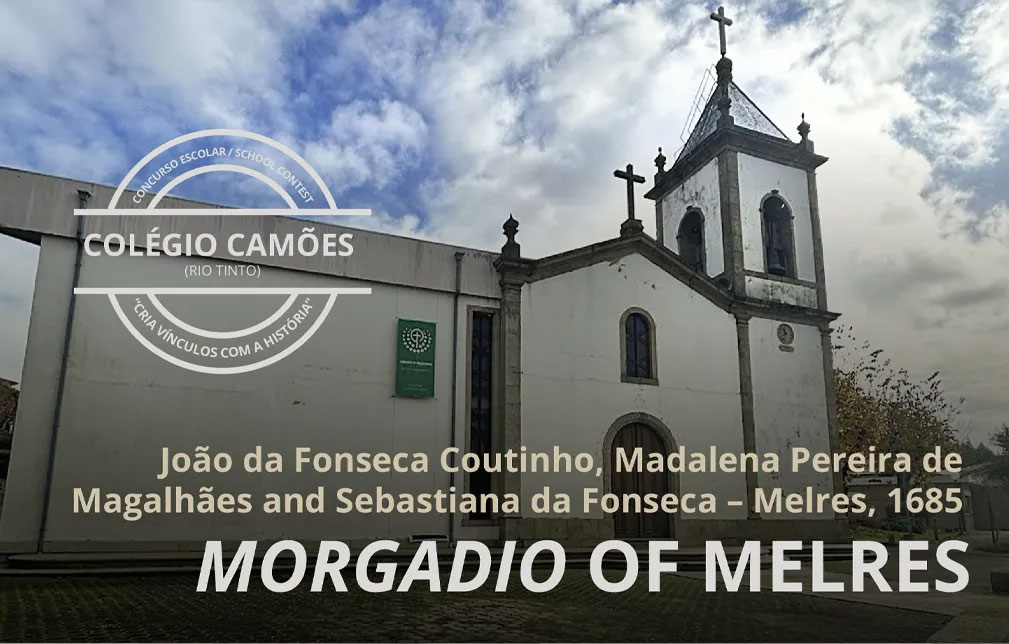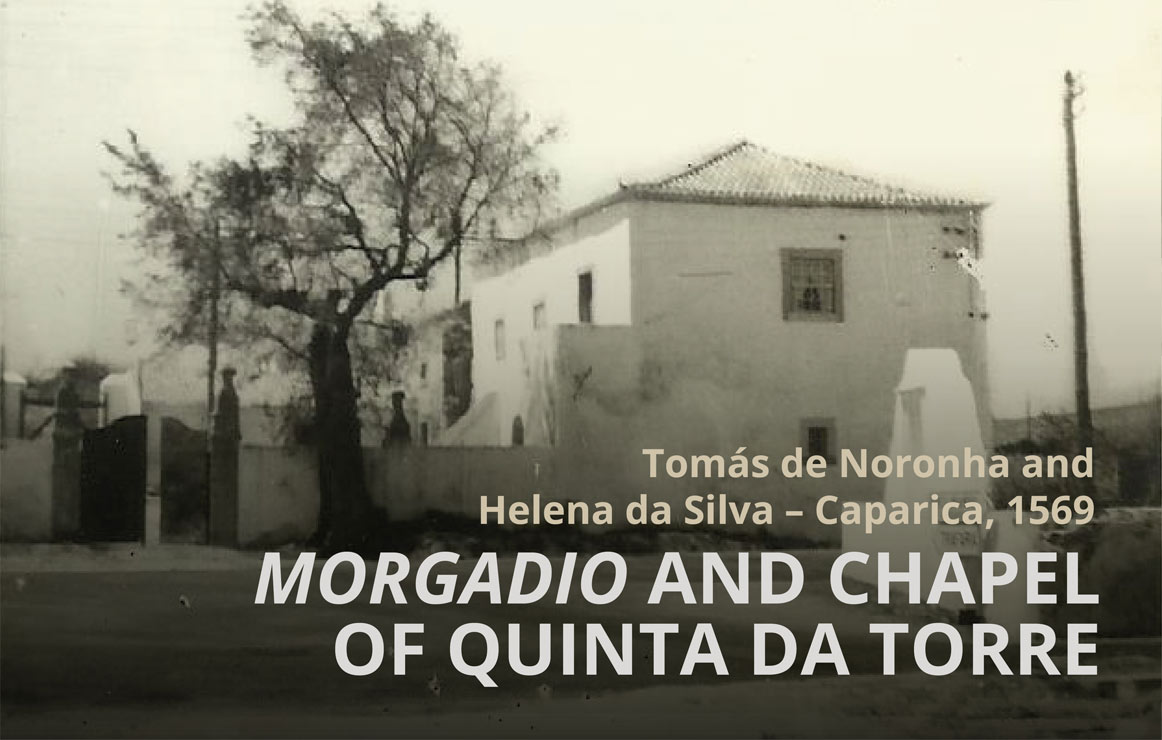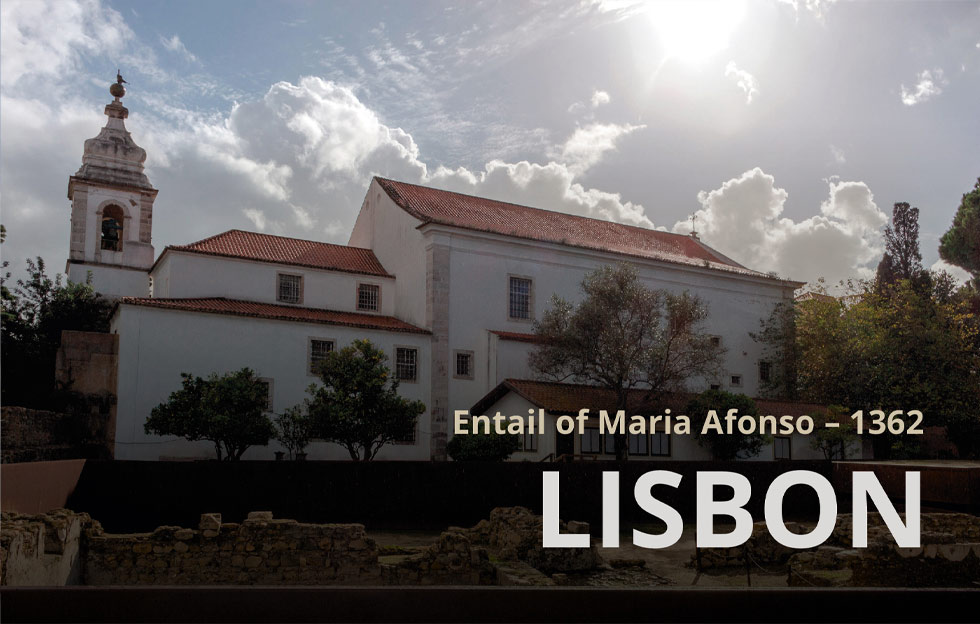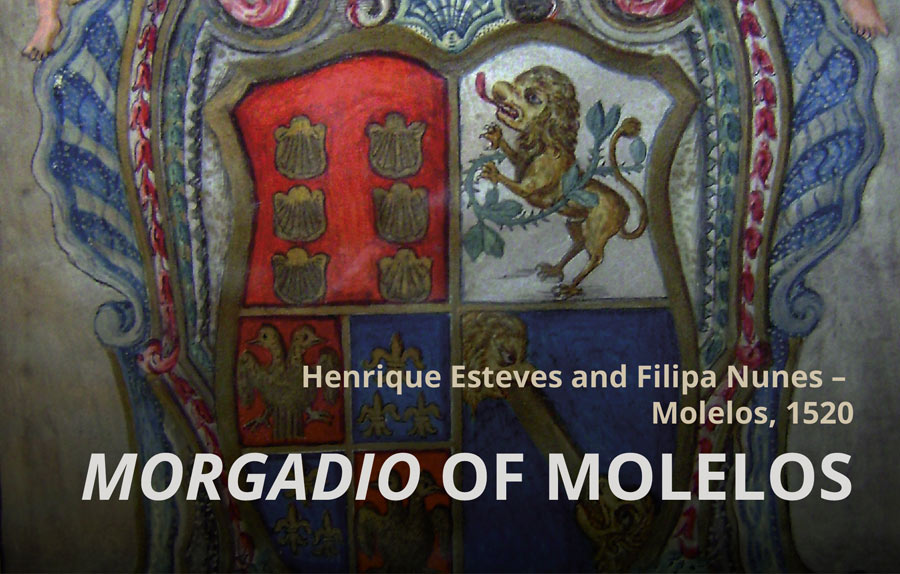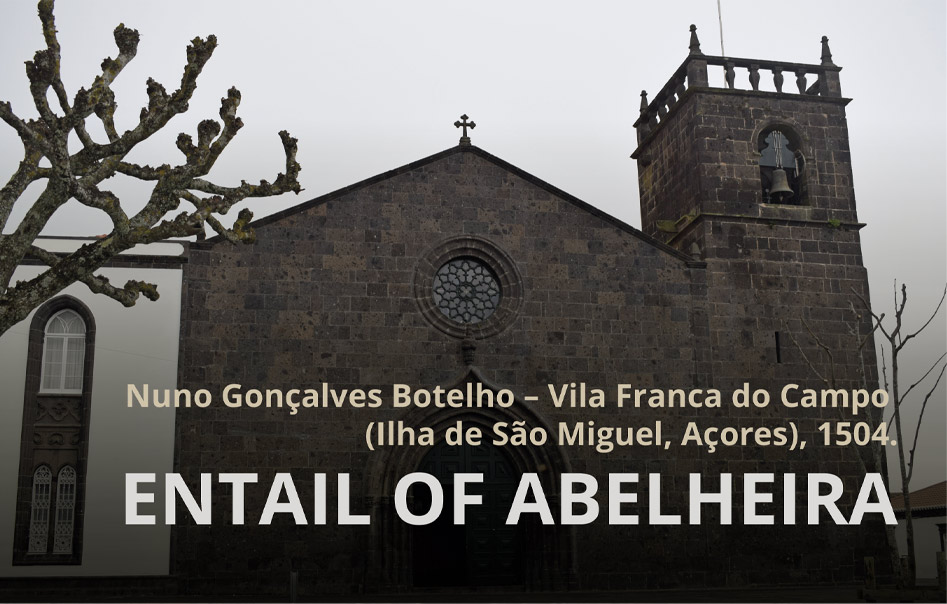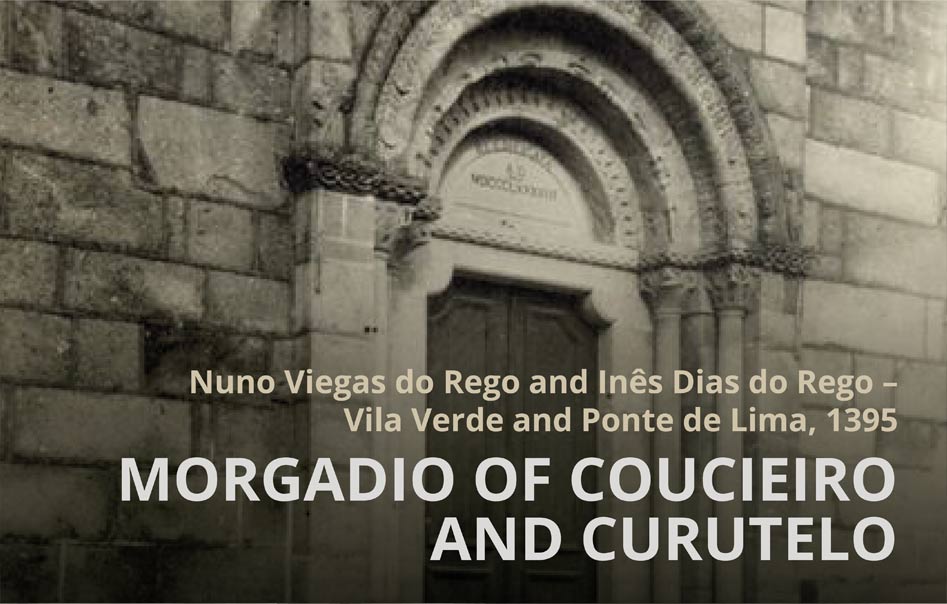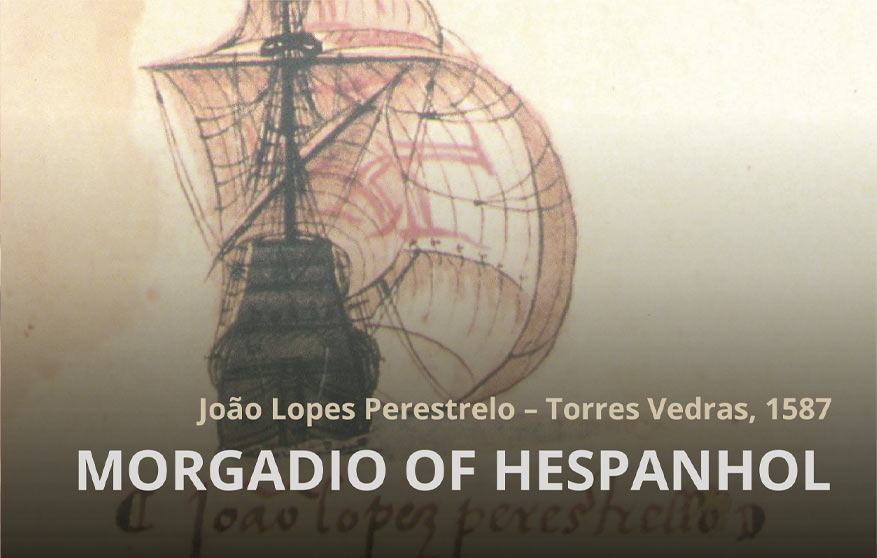Entail of the month (January, 2024)
Morgadio of Melres
João da Fonseca Coutinho, Madalena Pereira de Magalhães and Sebastiana da Fonseca, Melres, 1685
The town of Melres is located in the extreme south-east of the municipality of Gondomar, in the district of Porto, and borders the municipalities of Castelo de Paiva, Paredes, Penafiel, Santa Maria da Feira and Vila Nova de Gaia. There are traces of its occupation and settlement dating back to Roman rule in the Iberian Peninsula, as evidenced by the Roman pavement between Ribeiro de Mirões and the headquarters of the current Banda Musical de Melres (website melresmedas.pt). The municipality of Gondomar was granted a charter by King Manuel I in 1515, having previously received a charter of couto granted to Gondomar by King Sancho I in 1193 (BARROS; DE LA TORRE RODRÍGUEZ, 1998: website arquivohistorico.cm-gondomar.pt). Pedro Luís de Meneses, Marquis of Marialva and Count of Cantanhede, was, in turn, lord of the town of Melres and its neighbourhood (CAPELA; MATOS; BORRALHEIRO, 2009: 39, 46-47). The church that currently stands in Melres has undergone improvements due to the passage of time, but also because of bad weather and floods, particularly the one that occurred in 1962, as can be seen from the inscription on a plaque on the main façade.
[Fig. 1] Main façade of Melres church.
The morgadio of Melres was founded in 1685 by João da Fonseca Coutinho, his second wife Madalena Pereira de Magalhães and her sister Sebastiana da Fonseca, who lived with the couple and shared the income from their properties. The institution of this morgadio arose from a concern about the succession of the estate due to the lack of descendants of the couple. They therefore determined that the necessary income should be taken from their estates to make “their suffrages and goods of the Soul as is customary for people of their quality” (ANTT, Família Saldanha e Castro e Falcão Trigoso, mç. 77, n.º 98, fl. 37). The institution document also established that João da Fonseca Coutinho would be responsible for appointing a new administrator and that he could only succeed to the administration after the death of the three founders, followed by their descendants. It also stipulated that if the founder died without appointing an administrator, his wife and sister could appoint whomever they wished by will or deed. In turn, if he and his wife died, and his sister Sebastiana da Fonseca wanted to live in a separate house, she could continue to enjoy the income from the morgado, although she had to fulfil the morgado’s obligations.
The founders also declared how succession to the entail should proceed, naming the eldest male son first, followed by the youngest; only if there was no male son, could the daughters succeed, also in order of birth. The administrators who succeeded had to attach their half of the third part of their possessions “so that this entail may always increase and perpetuate the memory” of the founders. They also mentioned the reasons for exclusion of unwanted successors, namely the fact that they were New Christians or of “infesta nação”, or if they had committed crimes of lese-majesty (ANTT, Família Saldanha e Castro e Falcão Trigoso, mç. 77, n.º 98, fl. 37v).
[Fig. 2] Document establishing the Melres entail, 1685.
João da Fonseca Coutinho subsequently made a will in 1690 appointing as administrators António Homem de Magalhães, his wife’s nephew, and his descendants. The testator declared that he wanted to be buried in the church of Melres, in the grave of his parents, a burial place that should be brought for his descendants. He ordered the praying of fifteen masses for the souls of the founders, but also for other deceased members of his household, in the same church, at the altar of Our Lady. An office of six priests was to be celebrated in the octave of All Saints feast. He ordered masses to be said annually in the same church for the soul of his first wife Maria da Mata, which were to be paid for out of the income from his property in Punhete, Constância. Finally, João da Fonseca Coutinho declared that the administrators of his entail should fulfil a legacy of three masses left by his mother: one for her soul on St. Catherine’s Day, another for the soul of her parents and another for the soul of her husband, in the church of Melres.
In 1705, it was Madalena Pereira de Magalhães time to write her will, as she was ill and bedridden. She confirmed the appointment of her nephew António Homem Magalhães as administrator. She ordered that her body should be buried in the church of Melres, “in the sepulchre of this house of mine”, and that on the day of burial, an office of nine lessons with music and thirty other masses should be said, all on privileged altars (ANTT, Família Saldanha e Castro e Falcão Trigoso, mç. 76, mct. 2, n.º 23). The founder also ordered an annual mass to be said for her soul on St. Bartholomew’s Day, “for as long as the world lasted”, and left legacies to be distributed to the souls in purgatory, the Confraternity of the Blessed Sacrament of the Church of Melres, the Confraternity of Our Lady and the Confraternity of St. Sebastian and Jesus. Madalena consigned various legacies: to Maria Canada some money, dresses and two shirts; to her maid and goddaughter a house, a mattress and two sheets; to the “black” maid, Mariana, a house and ten bushels of bread a year; to the slave Manuel, twelve bushels of bread a year, bed linen and the house where he lived; and sums of money to the “big” servant António and to the maid Maria João, who was also to receive another shirt cloth.
[Fig. 3] Side chapel, before the church was remodelled.
In 1717, the administrator António Homem de Magalhães married Gerarda Caetana de Castro e Mendanha, with whom he had a single daughter, Joana Margarida de Castro Pereira de Magalhães, who would later marry Sebastião de Almeida Trigoso, captain-major, a member of the Trigoso family of Torres Vedras (GAIO, 1938: 391). Through their marriage, the morgadio of Melres entered the Trigoso family. In the second half of the 18th century, their son, Francisco Mendo Trigoso Pereira Homem de Magalhães, became the administrator, and the entail passed to his descendants. Through this succession, the documents entered the Saldanha e Castro and Falcão Trigoso family archive, which was deposited in the Arquivo Nacional da Torre do Tombo in 2007 by the owners. The relevant action of heritage protection has made possible for the public to consult a wealth of otherwise unknown information.
This Entail of the Month was produced in the context of the Cria Vínculos com a História competition.
School: Colégio Camões (Rio Tinto).
Class: 11.º C1.
Teacher: Filipe Magalhães.
Students: Afonso Oliveira, Ariana Seixas, Beatriz Macedo, Inês Salgado, Isabel Moreira, Luna Oliveira, Rodrigo Passos, Rodrigo Teixeira, Salomé Fontes, Xavier Gonçalves.
Coordination: Maria de Lurdes Rosa, Ana Mafalda Lopes, Leonor Dias Garcia.
Sources and bibliography
ANTT, Família Saldanha e Castro e Falcão Trigoso, mç. 77, n.º 98, fl. 37-37v.
ANTT, Família Saldanha e Castro e Falcão Trigoso, mç. 76, mct. 2, n.º 23.
BARROS, Amândio Jorge Morais; DE LA TORRE RODRÍGUEZ, José Ignacio – Forais de Gondomar [online]. Gondomar: Município de Gondomar, 1998. [23/11/2023] Available at https://arquivohistorico.cm-gondomar.pt/Destaques/Documentos-para-a-Historia/Forais-de-Gondomar/emodule/477/egallery/15. ISBN 9728317-22-0.
CAPELA, José Viriato; MATOS, Henrique; BORRALHEIRO, Rogério – As freguesias do Distrito de Porto nas memórias paroquiais de 1758: memórias, história e património. Braga: Universidade do Minho, 2009. ISBN 978-972-98662-4-1.
GAIO, Felgueiras – Nobiliário de Famílias de Portugal. Tomo VII, Título Botelhos. Braga: Tip. Augusto Costa & C.ª Lim.da, 1938.
JUNTA DE FREGUESIA DE MELRES E MEDAS – História de Melres [online]. Gondomar: Junta de Freguesia de Melres e Medas. [27/11/2023] Available at https://www.melresmedas.pt/index.php/turismo/historia-de-melres
Other entails of the month



